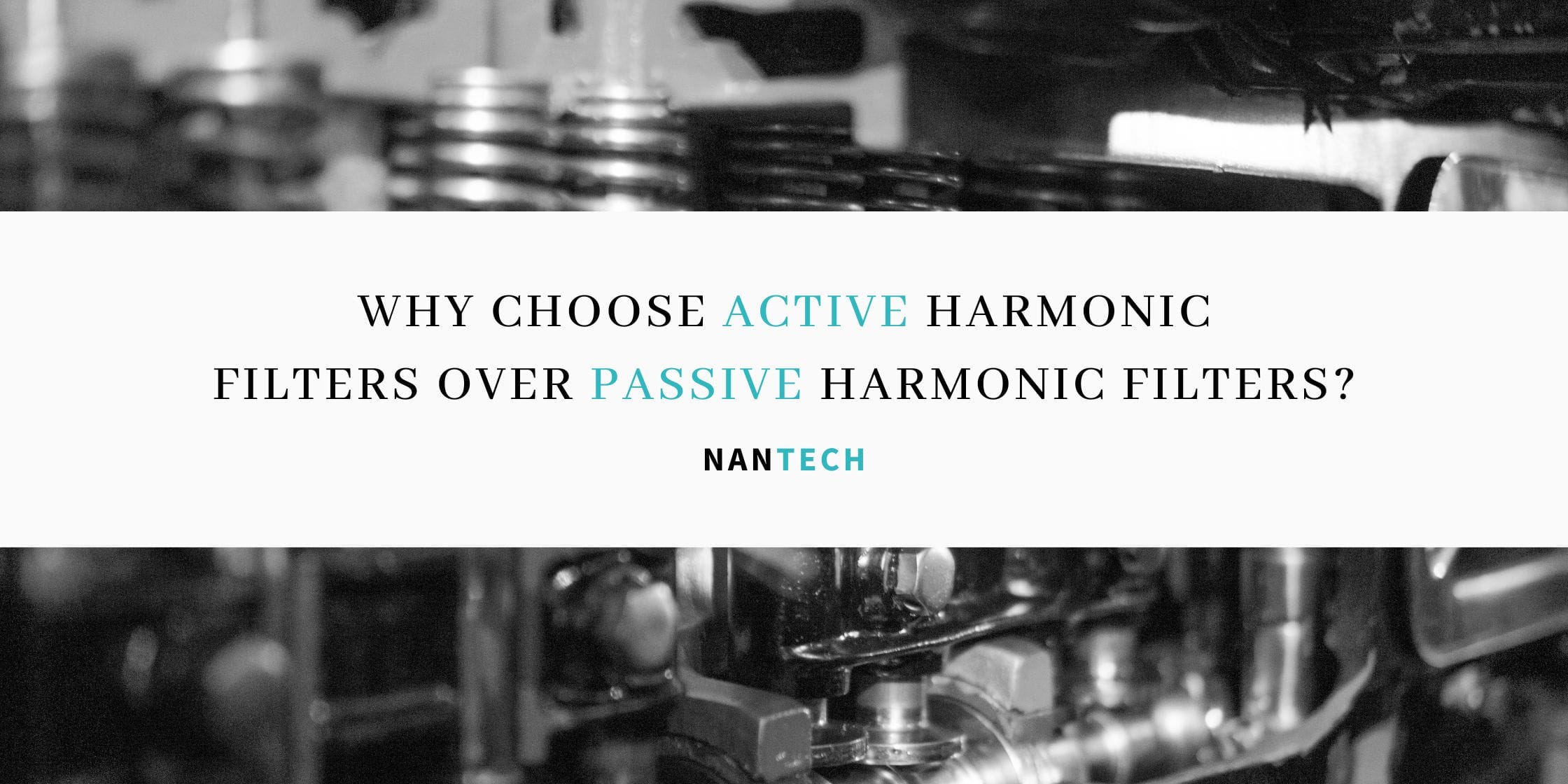- Home
- About us
- Products
- Dealer Enquiry
- Contact Us
- 044 -2486 1994
- +91 99623 98222
- sales@nantech.in
- REQUEST A QUOTE

In Chennai, a power supply of an average of 1000MW is given by the power plants. The electricity that comes from these power plants is not clean. The harmonics can cause equipment malfunction or failure because of the voltage fluctuations and distortions in the supply line that can deteriorate the voltage quality. Harmonic Filters reduce risks by reducing harmonic – and you always want to keep the harmonic pollution to under 5%.
One way of reducing harmonic pollution is by using Harmonic Filters. A harmonic filter reduces harmonic pollution and improves Power Quality by dynamic filtering of currents. They are installed for plants and households to improve overall current and voltage outputs. They come in two variants – Active Harmonic Filters (AHF) and Passive Harmonic Filters (PHF).
Passive Harmonic Filters mitigate harmonics by filtering the current wave through an input reactor, output reactor, shunt reactor, and capacitor. They are only limited to individual and stable loads. They are usually limited to their effectiveness and capacity and cannot work with many non-linear loads.
Active Harmonic Filters are used to eliminate or mitigate harmonics from the power received by using a series of transistors and capacitors to clean the current fluctuations. They are larger than Harmonic filters and require more space. They are useful for factories where a constant electricity output is necessary. And they are most effective in maintaining businesses by guaranteeing reduced costs and ongoing outputs.
Also Read: What Are Active Harmonic Filters And Its Application?
In modern-day Chennai, as demand for more output increases, we must consider which filters we use for our plants. And we recommend AHFs over PHFs. Here’s why:
Since Chennai is now the hub for many businesses, Nantech has the best AHFs to buy in Chennai.
Happy Shopping!
What Are Active Harmonic Filters And Its Application?
Active Harmonic Filters: Pros & Cons Explored
Modular UPS Versus Conventional UPS: Differences Decoded
Uncovering the Game-Changing Benefits of Modular UPS Systems
Maximising Inverter Battery Performance: Key Factors to Consider
Role of UPS Systems in Critical Industries
Tamil Nadu Solar Power Subsidies: Everything You Need to Know
On-Grid vs. Off-Grid Solar Systems: The Ultimate Decision Guide